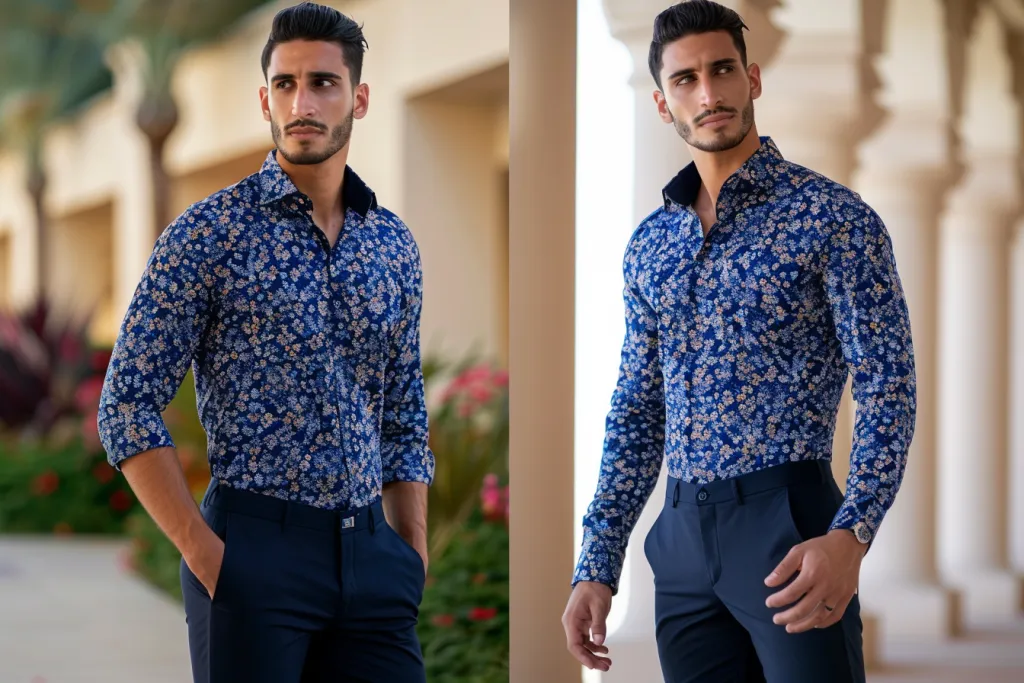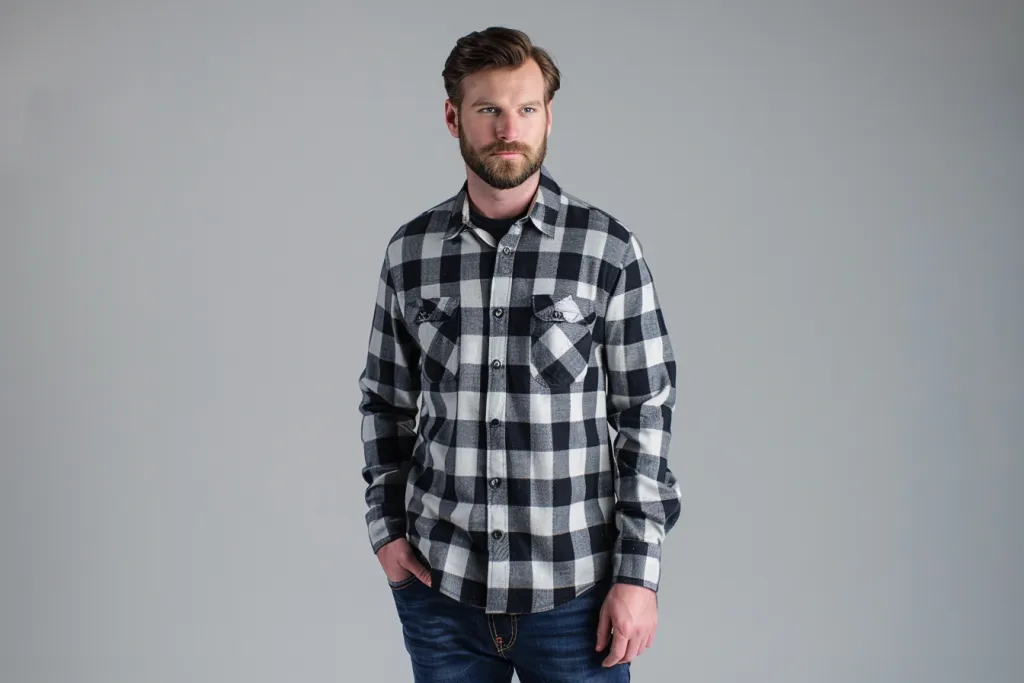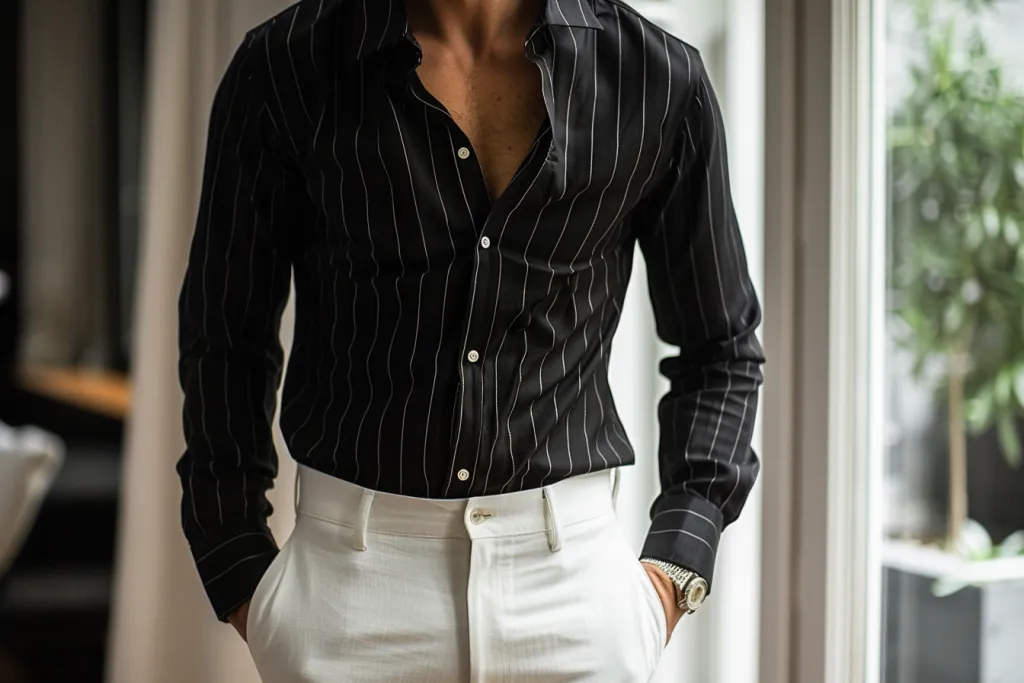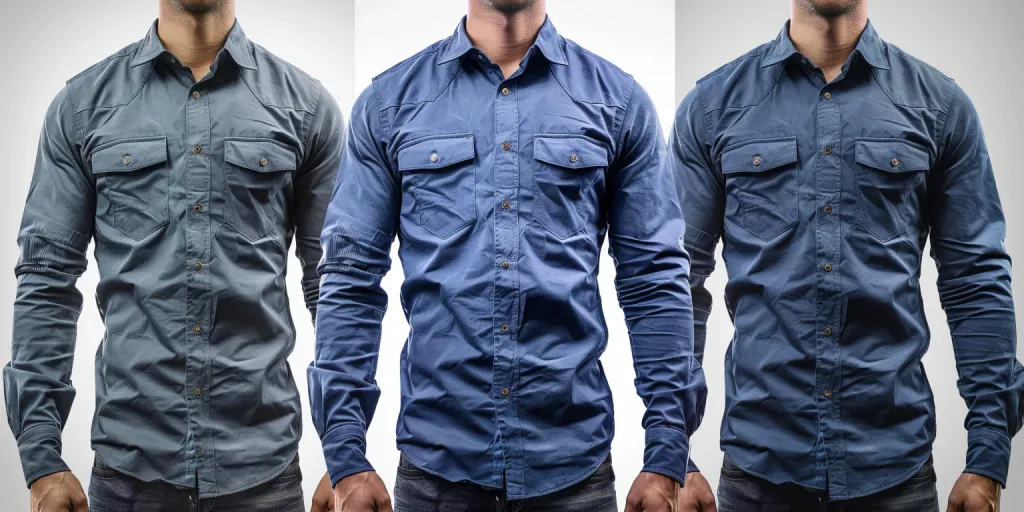Men’s shirts are more than just a piece of clothing. They are an expression of personal style, a marker of professionalism, and a testament to attention to detail. Whether you’re dressing up for a formal event, heading to the office, or keeping it casual for a weekend outing, understanding the nuances of men’s shirts can elevate your look and confidence. This article delves into the five key aspects users care most about: styles, materials, fit, care instructions, and the latest trends. By breaking down these elements, we aim to equip you with the knowledge to make informed decisions about your wardrobe.
Table of Contents:
– Understanding men’s shirt styles
– Selecting the right materials
– Finding the perfect fit
– Care instructions for longevity
– Keeping up with shirt trends
Understanding men’s shirt styles

When exploring men’s shirts, the variety of styles available can be overwhelming. From classic dress shirts and casual button-downs to more relaxed options like polos and Henleys, each style serves a different purpose and occasion. Dress shirts, typically characterized by their stiff collars and long sleeves, are a staple for formal events and professional settings. On the other hand, casual button-downs offer a more relaxed fit and can be worn in both semi-formal and casual contexts. Polos and Henleys, with their collarless designs, are perfect for casual outings, providing a comfortable yet put-together look.
Understanding the context in which you’ll be wearing the shirt is crucial. For instance, a linen button-down might be your go-to for a summer barbecue, while a crisp, cotton dress shirt is indispensable for business meetings. Recognizing these distinctions not only helps in making better purchasing decisions but also in styling your outfits with confidence.
Moreover, the evolution of men’s shirt styles reflects broader fashion trends and cultural shifts. Staying informed about these changes can inspire you to experiment with new looks, ensuring your wardrobe remains contemporary and versatile.
Selecting the right materials

The material of a shirt greatly influences its appearance, feel, and durability. Common fabrics include cotton, linen, polyester, and blends thereof. Cotton stands out for its breathability, softness, and versatility, making it a popular choice for both dress shirts and casual wear. Linen, known for its lightweight and airy quality, is ideal for warm weather but can wrinkle easily. Polyester and blends are praised for their durability and resistance to shrinking and fading, though they may not offer the same level of comfort and breathability as natural fibers.
When choosing a shirt, consider your needs and preferences. For daily wear, cotton and cotton blends offer a balance of comfort and ease of care. For more formal occasions, a high-quality cotton or linen shirt can provide a more refined look. Additionally, consider the environmental impact of your choices. Organic and sustainably sourced materials are becoming increasingly available, offering an eco-friendly alternative without compromising on style or quality.
Finding the perfect fit

A well-fitting shirt can significantly enhance your appearance, highlighting your best features while providing comfort and ease of movement. Key areas to focus on include the shoulders, chest, waist, and sleeve length. The seams of the shirt should align with the edge of your shoulders, neither too tight nor too loose. The chest and waist should allow for a comfortable fit without excess fabric, creating a clean silhouette. Sleeve length is another critical factor, with the ideal ending at the base of the thumb when your arms are relaxed.
Beyond standard sizing, many brands offer options like slim, regular, and relaxed fits to cater to different body types and preferences. Trying on shirts and understanding your measurements can guide you towards the best fit for your physique. Remember, a well-fitting shirt not only looks better but also feels more comfortable, boosting your confidence throughout the day.
Care instructions for longevity

Proper care can extend the life of your shirts, maintaining their color, shape, and texture. Always check the care label before washing. Most cotton and cotton blend shirts can be machine washed in cold water to prevent shrinking and fading. Avoid using bleach and opt for a mild detergent. For linen and delicate fabrics, hand washing or dry cleaning may be recommended to preserve their quality.
Ironing is another aspect to consider. A well-ironed shirt can make a significant difference in your appearance, offering a crisp and professional look. Use the appropriate heat setting for the fabric, and consider using a steam iron for better results. Storing shirts correctly, preferably hung on proper hangers, can prevent wrinkles and keep them ready to wear.
Keeping up with shirt trends

While classic styles remain a wardrobe staple, staying attuned to current trends can refresh your look and add variety to your outfits. Recent trends have seen a resurgence in vintage and retro styles, with a focus on bold patterns, textures, and colors. Sustainability is also a growing consideration, with an emphasis on eco-friendly materials and ethical manufacturing processes.
Experimenting with new trends can be a fun way to express your personality and update your style. However, it’s important to balance trendiness with timelessness. Investing in high-quality basics while incorporating select trendy pieces can create a versatile and enduring wardrobe that keeps pace with fashion’s evolving landscape.
Conclusion:
Men’s shirts are a fundamental component of the modern wardrobe, blending functionality with style. By understanding the various styles, selecting the right materials, ensuring a perfect fit, following proper care instructions, and keeping up with trends, you can curate a collection of shirts that enhances your personal style and meets your daily needs. Remember, the key to a great shirt goes beyond its appearance; it’s about how it makes you feel. Confidence, comfort, and self-expression are the true hallmarks of well-chosen men’s apparel.




